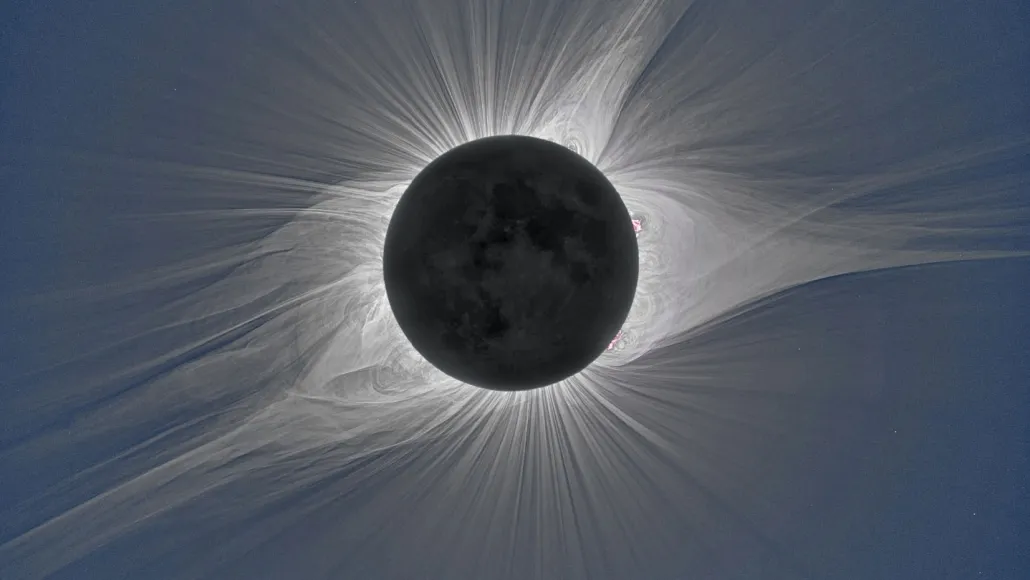With the recent solar eclipse on April 8, which presented totality across 15 states in the United States to roughly 44 million people, many wonder about future solar eclipses and the history behind them. Not only is it an extraordinary sight to see, but every solar eclipse’s effects on the environment are remarkable.
The first solar eclipse ever recorded was around 2137 BCE in ancient China during the Shang Dynasty, marking a significant moment for the future of humanity. Solar eclipses were seen as sacred at this time and many ancient civilizations, such as the Babylonians and the Aztecs, performed rituals during them, mainly sacrificial. Solar eclipses were also often viewed from a religious standpoint, a long-lasting view even today. For example, in 632, there was an annular solar eclipse in Medina, Saudi Arabia. This date coincided with the death of Prophet Mohammad’s son Ibrahim, which very well created some unrest in the society.
Solar eclipses are more common than many people think, occurring multiple times a year. The future holds promise, with a series of eclipses set to take place in October and April, with many more happening in future years, sparking anticipation and excitement for these celestial events.
Additionally, a deep dive into solar eclipses’ effects on Earth is fascinating. When the moon shifts in front of the sun, Earth cools rapidly in a short period, causing the wind to momentarily cease. On top of this, birds end their singing and chirping, and many animals begin falling asleep, especially during totality.
While the allure of future solar eclipses is undeniable, it is crucial to prioritize safety during such events. The general rule of never looking at the sun with the naked eye is amplified during a solar eclipse. The moon’s cover does not shield you from the potential harm of the sun’s corona, its outermost layer. Ensuring your safety is crucial, even in the face of such a captivating event.
The next total solar eclipse in the United States will take place in 2044; however, many others will occur soon. The next will be visible in Greenland, western Iceland, and northern Spain. At its peak, the eclipse will last 2 minutes and 18 seconds.









